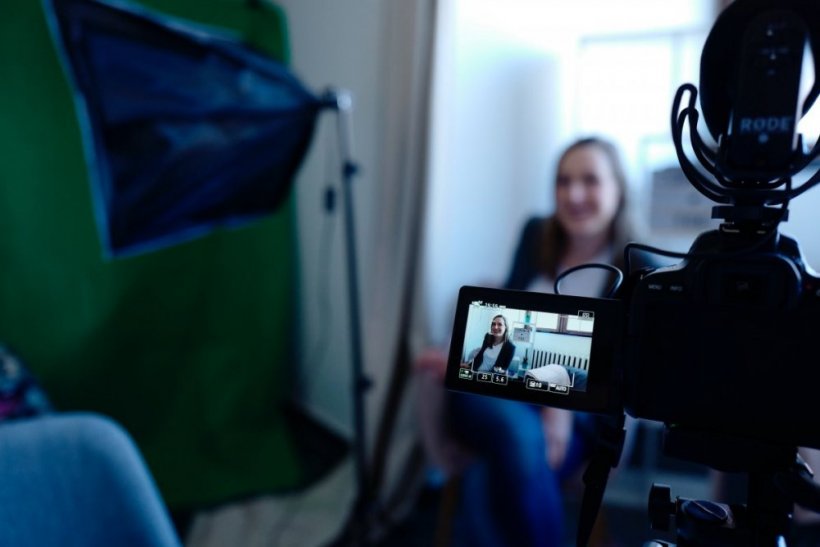Gender equality is lacking in almost every country in the world, according to the study Comparing Gender and Media Equality Across the Globe: A Cross-National Study of the Qualities, Causes, and Consequences of Gender Equality in and through the News Media, edited by Monika Djerf-Pierre and Maria Edström. Analysing data from 123 countries, the study examines the qualities, causes and consequences of gender equality both in, and as represented by, the news media across the globe. The results show that the representation of women in the news, as subjects or sources, has only increased from 17 to 24 per cent between 1995 and 2015. With a progress rate like this, the news media will not reach gender equality for another 70 years (from 2015).
To analyse and make comparable data on gender and news media more accessible, the researchers behind the study created a pooled dataset, the GEM dataset, including a user-friendly gender equality index, the GEM-I. The freely available Index measures key aspects of gender equality in the news, such as presence, topics and roles, and it applies to all forms of news media: television, radio, newspapers and online.
The media world is less gender equal than the “real world”
The representation of women in the news media varies from country to country, and according to the new study, there is a positive connection between women’s progress in society and their status in the news. However, gender equality in the news media is lagging behind the rest of society, as the gender gap in the media world is larger than the gender gap in the “real world”. For example, women politicians are underrepresented in the news in relation to their actual numbers. There is also a large gap in business journalism, in terms of covering the working life of women.
In news organisations, gender equality has come somewhat further. Women have, for example, reached parity in reporting roles in many countries. However, when it comes to higher positions of power in the news media industry, women are still underrepresented.
The Nordic countries don’t stand out
When measuring gender equality in society, the Nordic region usually ranks very high. But according to the new study, the variations in gender equality between countries are smaller in the media world than in the “real world”, which means that the Nordic countries don’t stand out as usual. Although some countries have a higher representation of women in the news media, there appears to be an “attention ceiling” at one third of the space or voice given to women in the news. When a country has reached this ceiling, further progress seems to be more difficult to achieve, which is the case for the Nordic countries.
Large amount of data still lacking
Despite the vast volume of the GEM dataset, it still lacks a large amount of data – mainly from countries ranking the lowest in gender equality and media freedom, but also from countries like Sweden and the other Nordic countries. According to the researchers behind the study, few areas of society have such a lack of gender-related data as the media sector, and there is an indisputable global need for more systematic and comparable data in this field.
About the GEM project
The project Comparing gender and media equality across the globe: A cross-national study of the qualities, causes and consequences of gender equality in and through the news media (GEM) is a cooperation between a Swedish group of researchers and four international partners. It is funded by the Swedish Research Council and conducted by the Department of Journalism, Media and Communication (JMG) at the University of Gothenburg.
The book, with the same name, is available Open Access and contains eight chapters, analysing different aspects of gender equality in the news media around the world. The second chapter of the book includes a thorough presentation of the GEM dataset and Index, which are freely available through the department’s website.
Julia Romell

